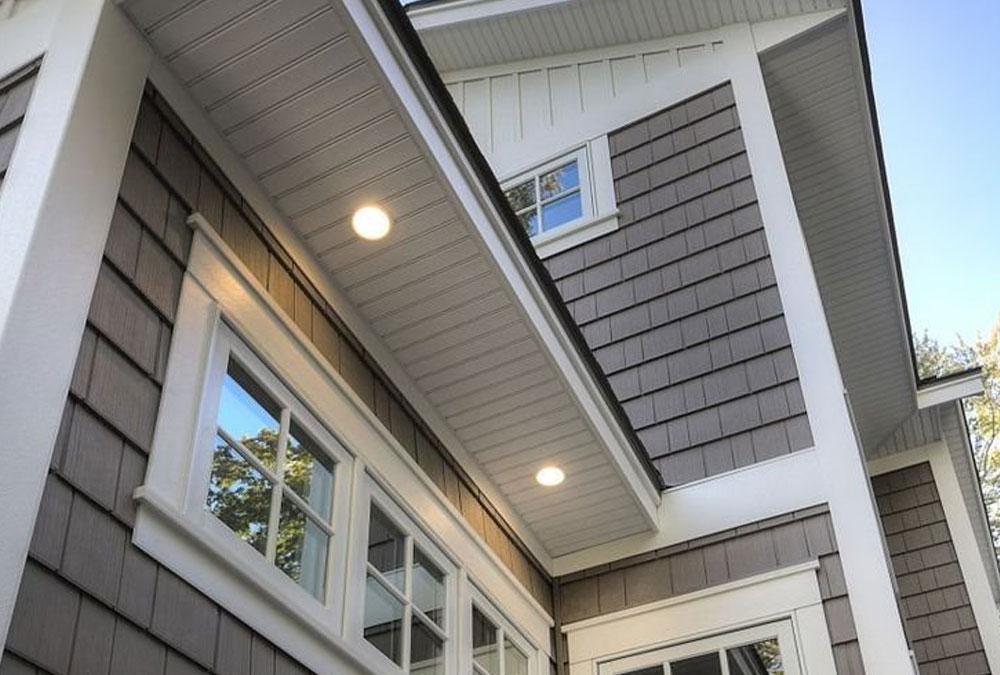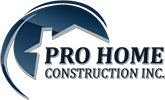There are many types of skylights and this article is an in-depth look at what they are. After reading the below contents you will be able to identify the different types and components of skylights. Thank you for visiting the Pro Home Construction blog. Our residential and commercial exterior construction company specializes in servicing skylights. In total, our licensed and insured contractors have over 25 years of servicing Long Island’s skylight systems. Please contact us if you have any questions regarding any of the below information.
What is a Skylight
To better understand the types off skylights, it is important to first know what a skylight is. A skylight is a roof window or structure that permits light within a building. Skylights allow daylight and ventilation into a building structure. The best skylights are made to bring in natural light while blocking out harmful UV rays. The term “rooflight” and “skylight” are interchangeable and refer to the same roof window structures.

Most Common Types of Skylights
Home and building owners can choose between a plethora of different types of skylights for their home ceiling. The three most common types of skylights are ventilated skylights, fixed skylights, and tubular skylights. However, there are even more types of skylights, all with their own benefits and aesthetics. Also, new skylight types have entered the market within the last few decades.
Fixed Skylights
Fixed skylights are skylights that provide the natural daylight of a typical skylight system, but do not provide any ventilation benefits. Fixed in the case of this type of roof window, means “cannot be opened.” This type of system does not provide any airflow benefits to building or homeowners. Still, fixed skylights can be a great option for owners looking for an increase in natural light. Also, fixed skylights are less prone to leaking when compared to ventilated skylights, for example.
Ventilated Skylights
Ventilated, “venting,” or “vented” skylights serve two major functions. They provide extra natural light during the day, just as fixed skylights, and they improve airflow within a building or home. The ladder feature stems from these types of skylights being able to be opened or closed by hand. In fact, some skylights such as the Solar Powered Venting Curb Mount Skylight or Fresh Air Electric Venting Curb-Mount Skylight are vented skylights that are opened using a remote control. Ventilated skylights are one of the most common types of skylights.

Tubular Skylights
Tubular skylights consist of a rooftop dome, a reflective tubular duct, and a ceiling mounted diffuser. The primary purpose of this skylight system comes from the tubular skylight’s flexibility. These types of skylights are able to bring in natural light to building areas with finite spacing without major roof modification. Prior to this system’s development, installing traditional skylights in such spaces was very costly and problematic.
Barrel Vault Skylight
To explain barrel vault types of skylights we must first give the definition of a “barrel vault.” The term “barrel vault” describes an architectural component formed by a curve or a pair of curves that are “forced out” or extruded. As seen in the (right) image, barrel vault skylights for your home or building can really open up walkways. In fact, this type of skylight is great for bringing in daylight to hallways or narrow corridors.
Dome Acrylic Skylight
Dome acrylic skylights are great for wind resistance and higher water run-off. These skylights also are great for providing sun light to all angles of a room.

Deck-Mounted Skylights
Your roof’s sheathing or “decking” is comprised of wooden boards. These wooden boards are the very foundation of your entire roof, as most of your roof’s components are installed directly to it. These components installed directly to this are your shingles, roof felt, deck-mounted skylights for some home/building owners, and more. So, as we mentioned above, deck-mounted skylights are installed directly to your roof decking. In fact, these skylights are mounted flush within the roof deck.

Curb-Mounted Skylights
Curb-mounted skylights and deck-mounted skylights are very similar in that they are both installed to the roof decking directly. However, to choose the curb-mounted skylight can be less costly for homeowners. Although installing these skylights costs more than its deck-mounted counterpart, curb-mounted skylight systems are less prone to leakage. Thus, making them the more “economic” choice. Curb-mounted skylights do not sit flush with sheathing. Rather they are fastened to the top of a “curb” which is a wooden frame created after first the framing materials are installed directly to sheathing, and these materials are flashed.

Skylight Design Ideas
Skylight designs vary by size, shape, materials, and function. Below are a few interesting skylight ideas. Armed with the above knowledge of the different types and pictures below you may now have tons of new ideas for your home or building! It’s a good idea to seek the help of a reputable skylight contractor for assistance with your new skylight design idea. The Pro Home Construction team would be happy to give a free skylight estimate for your next project.
Skylight Components
As aforementioned skylights come in all different sizes and materials. Also, the style of a skylight can vary based on its materials and even installation in the case of deck-mounted vs curb-mounted skylights. Below is a general list of the parts that make up the most common of skylights.

Skylight Sash
The skylight sash is where the lens opens out from.
Skylight Glazing or Lens
A skylight’s glazing or “lens” is usually made from a single or multiple layer of polycarbonate, glass, or acrylic. This component is a contributing factor of a skylight’s energy performance characteristics. In other words, different types of lenses are more/less efficient than others in their ability to bring in natural light while blocking out sun rays and heat. For more info on skylight, door, and window light-to-solar gain (LSG) or Visible transmittance (VT), click here.
Skylight Frame
The frame supports the lens of the skylight.
Skylight Flashing
Flashing is your skylight’s weatherproofing function between the rooflight itself and the roof covering material. Usually made from aluminum, the skylight’s flashing forms a watertight seal to prevent leaks.
Benefits of a Home Skylight
Our skylight services page provides more detail on this. Click here to read about the many benefits of installing skylights in your home. Still, here are just a few of the benefits we mention there:
- Add to your home’s resale value
- Save homeowners money on electricity for lighting & heating
- Adding space to a room
- Extra lighting
- Add to your home’s curb appeal
Best Skylight 2023
Our pick for best skylight 2023 is the Velux Solar-Powered Fresh Air Curb-Mounted Skylight.

Skylight Leaks
Negligent installation of flashing is a common cause of skylight leaks, but the age of a skylight as well as normal “wear and tear” are also very common causes.
FAQs
Q. Do roofers install skylights?
Window installers and roofing contractors can install skylights. Our company may be the right fit for your project. Give us a call with the number above or use the contact form on this page for us to give you a call.
Q. Do I need permission to install a skylight?
IIn most states or municipalities a permit is required for the installation or replacement of a skylight. For example, the town of Islip requires a permit for the installation or alteration of a skylight. The town of Islip is one of our service areas.
Q. What is the difference between a rooflight and a skylight?
Rooflight and skylight are terms used for the same roof window structure. They are synonymous; mean the same thing.
Q. Do I need professional help to install a skylight?
You do not necessarily need a professional for your skylight installation. There are plenty of do it yourself (DIY) guides out there and plenty of homeowners willing to attempt self installation. However, this exterior home improvement project essentially involves a hole in your roof. So, it’s highly recommended you have an experienced window or roofing pro handle this.
Q. What’s the difference between a skylight and a Velux?
A skylight is the roof window element itself while “Velux” is simply the brand of a skylight manufacturer.
Q. Do all skylights eventually leak?
No, not all skylights leak or even will eventually leak. However, skylights are notorious for condensation issues. Faulty installation can be a factor, but also skylight age.
Q. Do skylights add value to a home?
Yes, skylights add to the resale value of your home. Having skylights properly installed can lower heating costs in the winter and electricity used for lighting in the summer.
Q. How long do skylights last?
A skylight can last anywhere between 8 to 15 years. However, this depends on the installation, types of skylight, roofing, and surrounding weather conditions.

